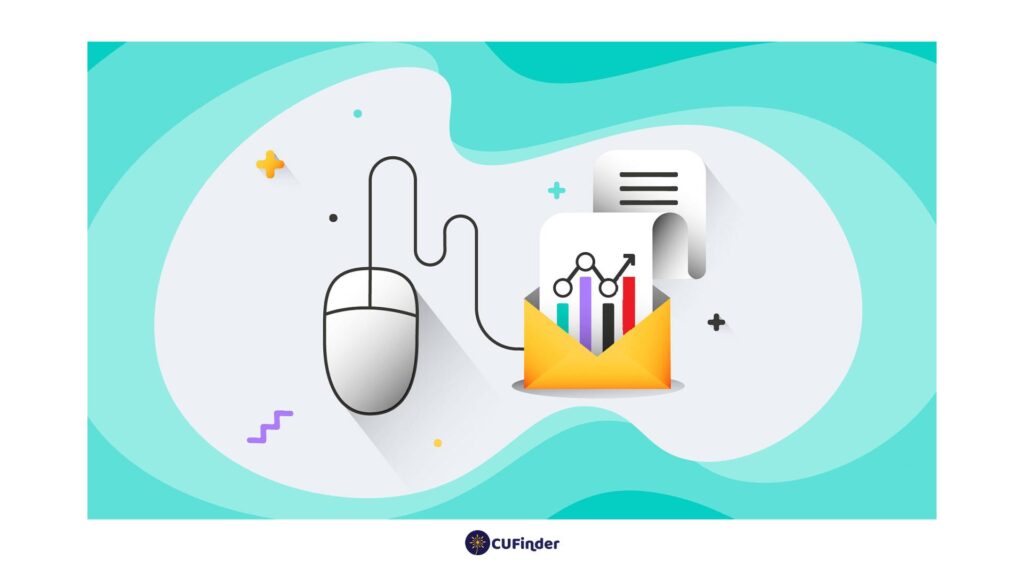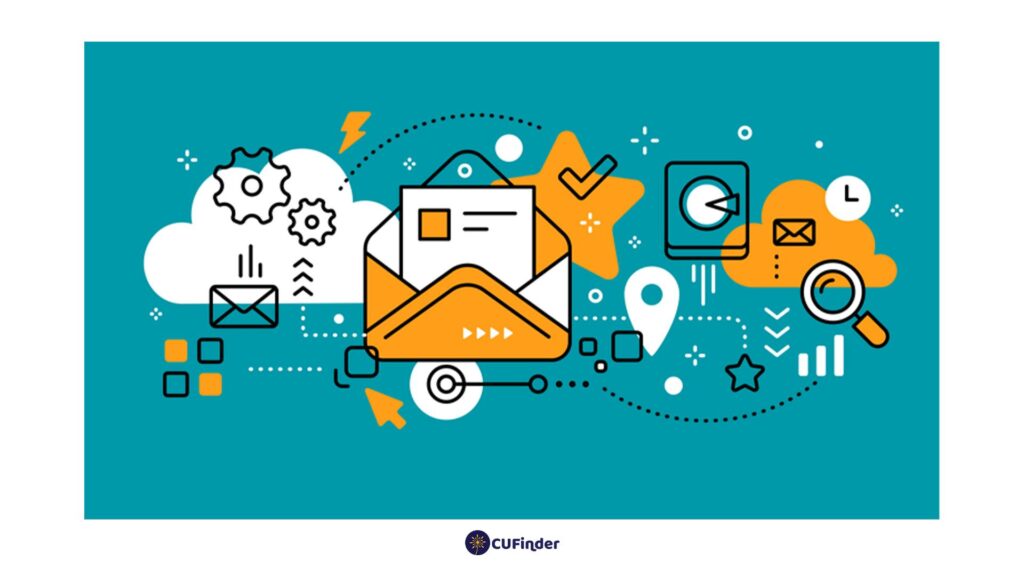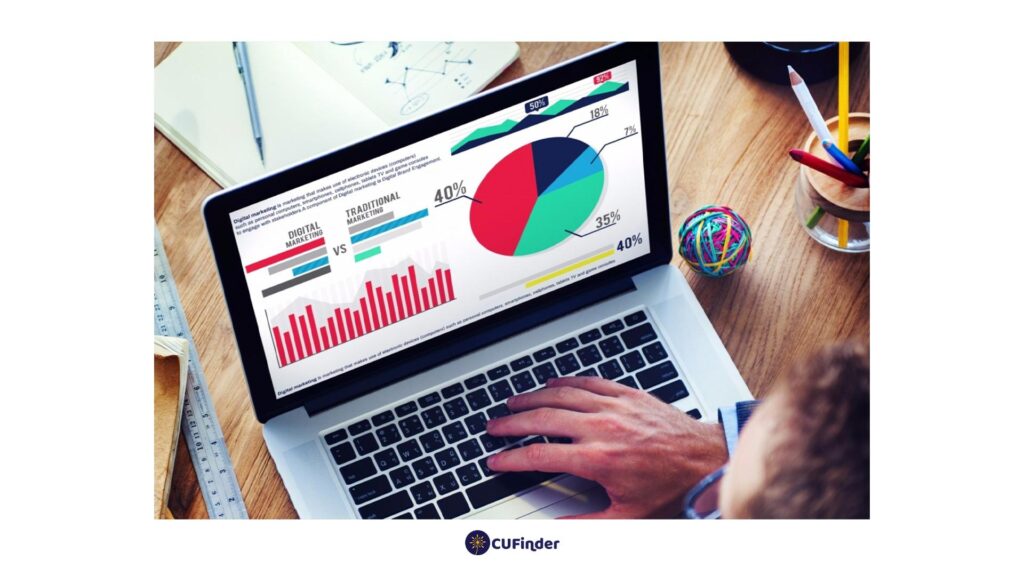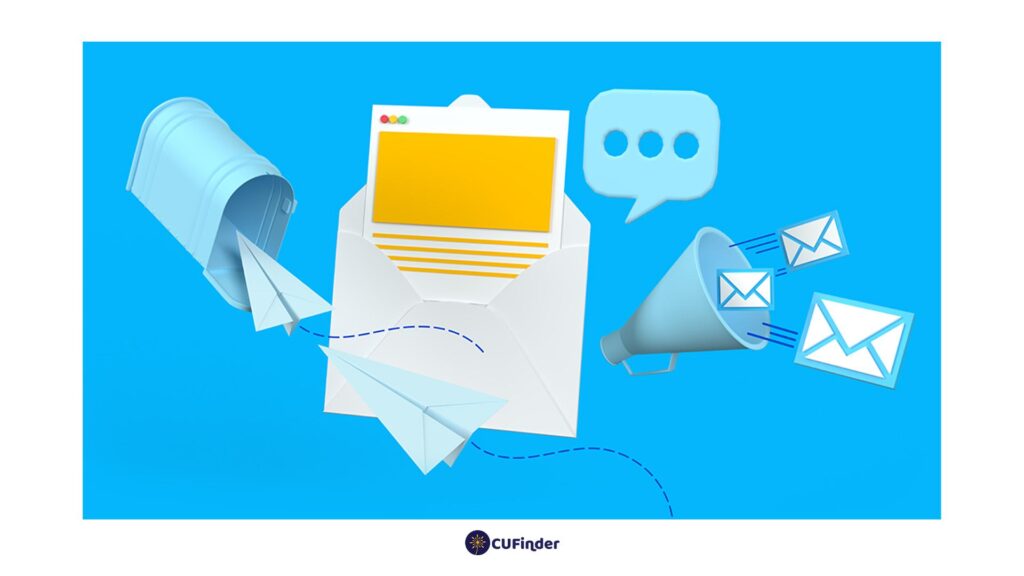Diving into the dynamic world of digital marketing, where innovation leads the way, understanding and mastering email marketing is crucial for any digital strategy to thrive. It’s a field where staying ahead of the curve isn’t just beneficial—it’s essential. Email marketing is a cornerstone, a craft that blends creativity with analytics.
In the email marketing industry, benchmarks are crucial metrics that help businesses evaluate the effectiveness of their email campaigns compared to industry standards. Key benchmarks include open rate, the percentage of recipients who open an email; click-through rate (CTR), the percentage of recipients who click on one or more links in the email; and conversion rate, the percentage of recipients who take a desired action, such as making a purchase or signing up for a service.
But how do you measure success in such a vibrant and ever-changing landscape? The answer lies in the heart of email marketing industry benchmarks. Our exploration is more than a mere overview; it’s a deep dive into the metrics, strategies, and statistics that define and shape this lively domain.

We’re set to navigate through the nuances of these benchmarks. We’ll uncover insights that will enhance your understanding and empower your campaigns to reach new heights of effectiveness and engagement. Get ready to transform your approach to email marketing, where every email sent is an opportunity to excel and set new standards in this exhilarating field.
What are the Benchmarks in Email Marketing?
Email marketing benchmarks are vital metrics that help marketers measure the effectiveness of their campaigns and strategies. These benchmarks are essential for gauging performance, setting realistic goals, and making data-driven decisions. Let’s explore key email marketing benchmarks and how they impact your digital marketing efforts.

Metrics: The Backbone of Email Marketing Benchmarks
Digital marketing metrics are the quantitative measurements that underpin email marketing benchmarks. These metrics provide insights into various aspects of your email marketing campaigns, helping you understand what’s working and needs improvement. Here are some crucial metrics to consider:
1. Open Rate:
The open rate indicates the percentage of recipients who opened your email. A higher open rate signifies a more engaging subject line and content. In 2023, the industry average email open rate was approximately 21.33%, according to Mailchimp.
2. Click-Through Rate (CTR):
CTR measures the percentage of email recipients who click on a link within your email. A higher CTR indicates that your content is compelling and your call-to-action (CTA) is effective.

3. Bounce Rate:
The bounce rate reveals the percentage of emails not successfully delivered to the recipient’s inbox. High bounce rates can harm your sender’s reputation and deliverability.
4. Conversion Rate:
The average conversion rate is a key benchmark measuring the percentage of email recipients who completed the desired action, such as purchasing or signing up for a newsletter.
5. Campaign Monitor:
Campaign Monitor is a popular email marketing platform that offers robust tools for tracking and analyzing email marketing campaigns. It provides essential metrics and insights to help marketers make informed decisions. Leveraging Campaign Monitor can greatly enhance your ability to monitor email marketing benchmarks.

How to Calculate Email Marketing Benchmarks?
Calculating email marketing benchmarks involves a simple formula for each metric. Here’s how you can calculate some of the key benchmarks:
Open Rate Calculation:
Click-Through Rate (CTR) Calculation:
Bounce Rate Calculation:
Conversion Rate Calculation:
By plugging in the relevant numbers from your email marketing campaign, you can easily calculate these benchmarks to assess your performance accurately.

Is There a Good or Bad Email Marketing Benchmark?
The concept of good or bad email marketing benchmarks can be somewhat subjective. What’s considered a good benchmark for one industry may be different for another. Several factors influence a good or bad benchmark, including your industry, target audience, and campaign goals.
To determine whether your benchmarks are good or bad, consider the following:
1. Industry Standards:
Compare your metrics to industry averages. For example, if your open rate is significantly lower than the industry average, it may cause concern.

2. Campaign Goals:
Assess whether your benchmarks align with your campaign objectives. If your goal is to increase conversions, a low conversion rate would be a cause for concern, even if other metrics perform well.
3. Audience Segmentation:
Segment your audience and analyze benchmarks for each group separately. Different segments may have different expectations and behaviors.
4. Continuous Improvement:
Focus on continuous improvement. Set realistic goals based on your historical benchmarks and work towards improving them over time.

What is the Industry Average Email Open Rate in 2023?
In 2023, the industry average email open rate stood at approximately 21.33%, according to Mailchimp. This benchmark provides a baseline for email marketers to assess their open rates. However, it’s crucial to remember that industry averages vary widely across different sectors and regions.
Which Industries are best for Email Marketing?
Email marketing can be effective in various industries, but some sectors tend to excel in this domain. Let’s explore which industries are best suited for email marketing and why:
Banking: Leveraging Email for Customer Engagement
The banking industry has embraced email marketing as a powerful tool for customer engagement. Banks use email campaigns to deliver personalized financial insights, transaction alerts, and promotional offers. Email allows banks to maintain a consistent and informative dialogue with their customers.

Marketing Statistics: Data-Driven Insights
The marketing statistics industry thrives on data-driven insights, making email marketing a natural fit. Marketers in this field use email to disseminate reports, research findings, and industry updates. The ability to track and measure engagement through email metrics is particularly valuable in the marketing statistics sector.
Marketing Conversion: Nurturing Leads
Marketing conversion is all about turning leads into customers. Email marketing is pivotal in nurturing leads and guiding them through the sales funnel. By providing valuable content and targeted offers, businesses in this industry can achieve higher conversion rates.

B2B Email Open: Building Business Relationships
In the B2B (business-to-business) sector, email marketing is instrumental in building and nurturing business relationships. B2B emails often provide industry insights, case studies, and solutions to pain points. A well-executed B2B email marketing strategy can lead to increased trust and partnerships.

Conclusion
Email marketing industry benchmarks are your secret weapon, guiding you toward more effective campaigns. With tools like Campaign Monitor, you can master these metrics—open rate, click-through rate, bounce rate, and conversion rate—to continuously refine your strategy.
Remember, a benchmark’s value changes based on your industry, goals, and audience. Continuous improvement, aligned with your objectives, is key. Take 2023’s average email open rate of 21.33% as a starting point. Different sectors, from banking to B2B, use email marketing uniquely to meet their targets.
Stay sharp, adjust your strategies based on these benchmarks, and keep up with the ever-changing landscape. Email marketing benchmarks evolve with technology and market trends. Staying proactive lets you harness their full potential, driving your business’s success.
